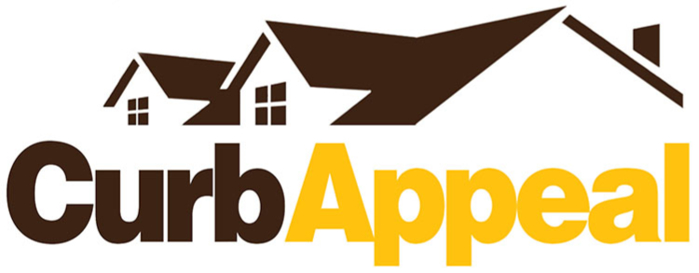Image: Andrey Popov / iStock
 It should come as no surprise that existing-home sales declined in March; economists with the National Association of Realtors (NAR) expected this result due to the impact of the coronavirus outbreak. Yet, despite the uncertainty caused by the pandemic, home prices remained strong in March. The median existing-home price increased 8% year over year; what’s more, every sales region in the country reported price gains. For the past 97 consecutive months, home prices saw year-over-year increases. Lawrence Yun, chief economist for the NAR, believes the trend will continue: "More temporary interruptions to home sales should be expected in the next couple of months, though home prices will still likely rise."
It should come as no surprise that existing-home sales declined in March; economists with the National Association of Realtors (NAR) expected this result due to the impact of the coronavirus outbreak. Yet, despite the uncertainty caused by the pandemic, home prices remained strong in March. The median existing-home price increased 8% year over year; what’s more, every sales region in the country reported price gains. For the past 97 consecutive months, home prices saw year-over-year increases. Lawrence Yun, chief economist for the NAR, believes the trend will continue: "More temporary interruptions to home sales should be expected in the next couple of months, though home prices will still likely rise."
Seller Hesitation Leads to Low Inventory
By the end of March, there were 1.5 million unsold units on the housing market, up 2.7% from a month earlier, but down 10.2% from March 2019’s inventory tally of 1.67 million units. At the current sales pace, unsold inventory would supply the market for only 3.4 months. The average property was on the market for just 29 days in March, down from 36 days both a month ago and a year ago. Of all the homes sold in March, 52% were on the market for less than a month. According to Yun, "Earlier in the year, we watched inventory gradually tick upward, but with the current quarantine recommendations in place, fewer sellers are listing homes, which will limit buyer choices." In the short term, inventory is likely to remain low, but economists feel more listings will become available once the economy reopens.
Social Distancing in the Housing Market
The coronavirus outbreak has led to social distancing directives for which housing industry professionals have quickly adapted to by providing innovative measures like virtual home tours and e-signatures. NAR President Vince Malta sees a positive outlook: "I am confident that Realtors and brokerages will adapt, evolve, and fight," he says, "ensuring the real estate industry will be at the forefront of our nation’s upcoming economic recovery."
Who’s Buying Virtually?
Social distancing might have led to more virtual home tours, but the change did not stop first-time buyers, who accounted for 34% of all sales in March, up from 32% a month ago and 33% a year ago. According to the NAR "2019 Profile of Home Buyers and Sellers," first-time buyers were responsible for 33% of all home purchases in 2019.
Regional Breakdown
Month-over-month sales increased in every sales region of the country, and in the Midwest and South, sales also improved year over year. While every region posted gains in home prices, the largest increases were seen in the Northeast and Midwest.
Northeast: Existing-home sales annual rate of 650,000; a decrease of 7.1% from February 2020 and 3% from March 2019. The median sales price increased 8.3% from March 2019.
Midwest: Existing-home sales annual rate of 1.25 million; a decrease of 3.1% from February 2020, but an increase of 4.2% from March 2019. The median sales price increased 9.7% from March 2019.
South: Existing-home sales annual rate of 2.29 million; a decrease of 9.1% from February 2020, but an increase of 0.9% from March 2019. The median sales price increased 7.5% from March 2019.
West: Existing-home sales annual rate of 1.08 million; a decrease of 13.6% from February 2020 and 0.9% from March 2019. The median sales price increased 8% from March 2019.












 It should come as no surprise that existing-home sales declined in March; economists with the National Association of Realtors (NAR) expected this result due to the impact of the coronavirus outbreak. Yet, despite the uncertainty caused by the pandemic, home prices remained strong in March. The median existing-home price increased 8% year over year; what’s more, every sales region in the country reported price gains. For the past 97 consecutive months, home prices saw year-over-year increases. Lawrence Yun, chief economist for the NAR, believes the trend will continue: "More temporary interruptions to home sales should be expected in the next couple of months, though home prices will still likely rise."
It should come as no surprise that existing-home sales declined in March; economists with the National Association of Realtors (NAR) expected this result due to the impact of the coronavirus outbreak. Yet, despite the uncertainty caused by the pandemic, home prices remained strong in March. The median existing-home price increased 8% year over year; what’s more, every sales region in the country reported price gains. For the past 97 consecutive months, home prices saw year-over-year increases. Lawrence Yun, chief economist for the NAR, believes the trend will continue: "More temporary interruptions to home sales should be expected in the next couple of months, though home prices will still likely rise."